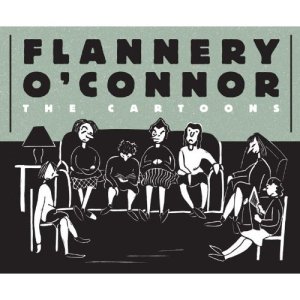On August 3rd 1913 the small community of Wheatland California was transformed from a quiet farming community to the host of the largest uprising of agricultural workers that the state had seen up until that point in history. Under the ostensible leadership of the IWW the riot occurred on the third day of agitation by workers for improved working and living conditions. The riot wasn’t an unwarranted act of labor violence. The conditions leading up to the riot were part and parcel the result of truly deplorable conditions in the Durst Ranch in Wheatland. Durst was the largest employer of agricultural labor in California and in 1913 he advertised for 3,000 workers for the hop harvest. The large number of workers who heeded Durst’s advertisements found that Durst actually wanted to employ about half of the number he advertised. Aside from the poor pay the workers received, the large number of people, both those with jobs and those without, resulted in dire conditions in the camp. There was little clean water and only eight toilets to share between the thousands of workers. Disease was quickly becoming rampant among the families inhabiting the camp prior to the riot.
When the workers began to organize and make their demands known, Durst panicked. He immediately went to the nearby county seat of Yuba City and gathered up a posse of law enforcement and quickly deputized citizens and returned with them to the. As the posse arrived the workers were at a mass organizing meeting and singing Joe Hill’s “Mr. Block.” The Yuba County sheriff and district attorney, siding with Durst, ordered the workers to disperse. One member of the posse fired his gun into the air “to sober them” as he later put it in court.
What happened next is lost to history. Four men were killed in the resulting violence: two workers, the Yuba County district attorney, and a deputy. Numerous people were injured and immediately workers fled Wheatland in fear of more violence. When Jack London rushed north from San Francisco to write about the riot he claimed that the workers fleeing from Wheatland looked like the refugees of a natural disaster. The subsequent criminal trial found two IWW organizers guilty of murder, though no one had witnessed that they had taken part in any violence or even that they had been seen with weapons of any sort. They were sent to Folsom prison until their release in the early 1920s. While the IWW was mostly blamed for instigating the violence, a later investigation by the state found Durst’s negligence as an employer to have created a situation ripe for violence and for law enforcement to have acted recklessly. As Carleton H. Parker, the state’s investigator, put it in regards to the action of the posse, “Any romance which the far west had thrown around a sheriff’s posse was rudely stripped from the institution.”
All of this is preamble to the picture I’ve posted above and to the real impetus behind this post. The Wheatland Hop Riot figures briefly in my research and on a recent trip down to California I took the opportunity to stop in Wheatland and take a look at the historical marker for the riot in person. Who knows how many (or more likely how few) visitors come to the marker in a year or even a decade. After all, there doesn’t seem to be much to see. The idea to stop there mostly came about from the thought that it would be a nice photo to include in my dissertation. Upon reflection (and the always thoughtful insights of my wife) I’ve found that the marker and the area surrounding it to be particularly fitting for such a mostly ignored yet unforgettable episode.
When it was placed the marker looked out on an open field, or at least that’s what I can tell from old photos I found online. More recently the land immediately adjacent to the marker has been developed into an electrical substation. The marker’s is now nestled in a small alcove in the substation’s chain link fence, which has been rerouted around the marker. It’s a feature you can actually see on Google map’s satellite view. (I can’t help but note that the Google street view of the marker finds it neighbored by two portable toilets. Considering how significant poor sanitation was to the strike the picture is both fitting and a humorous sign of the marker’s insignificance.) What strikes me is the way that the marker is more prominent for its juxtaposition with the electrical substation. In the midst of electricity, that constant symbol of progress that feeds all of society’s technological wonders, sits a small stone reminder of labor, exploitation and violence. The marker disrupts the clean lines of the substation’s boundaries. It jabs into the side of the substation and metaphorically into the side of progress/industry/the community’s development.
Maybe I’m too invested in this particular historical event to keep from overemphasizing the symbolism at work here. There were far reaching ramifications from the riot for California, agricultural laborers and the IWW (and unionism in general). That history is fought over in texts with all the problems inherent to historiography in full display (indeed the marker itself since the nuance of the strike is overshadowed by the emphasis on the riot itself). Despite the problems with history, I prefer to have the past and events as inexplicable as the riot to stick out and frankly worry us through its prominence like this marker does. If nothing else, the marker’s presence now raises questions: What happened? Why here? (and even the inevitable) Who cares? Even when, like with the riot, the answers to these questions may never fully be answered (who killed whom for instance) they deserve to be asked and pondered over.

